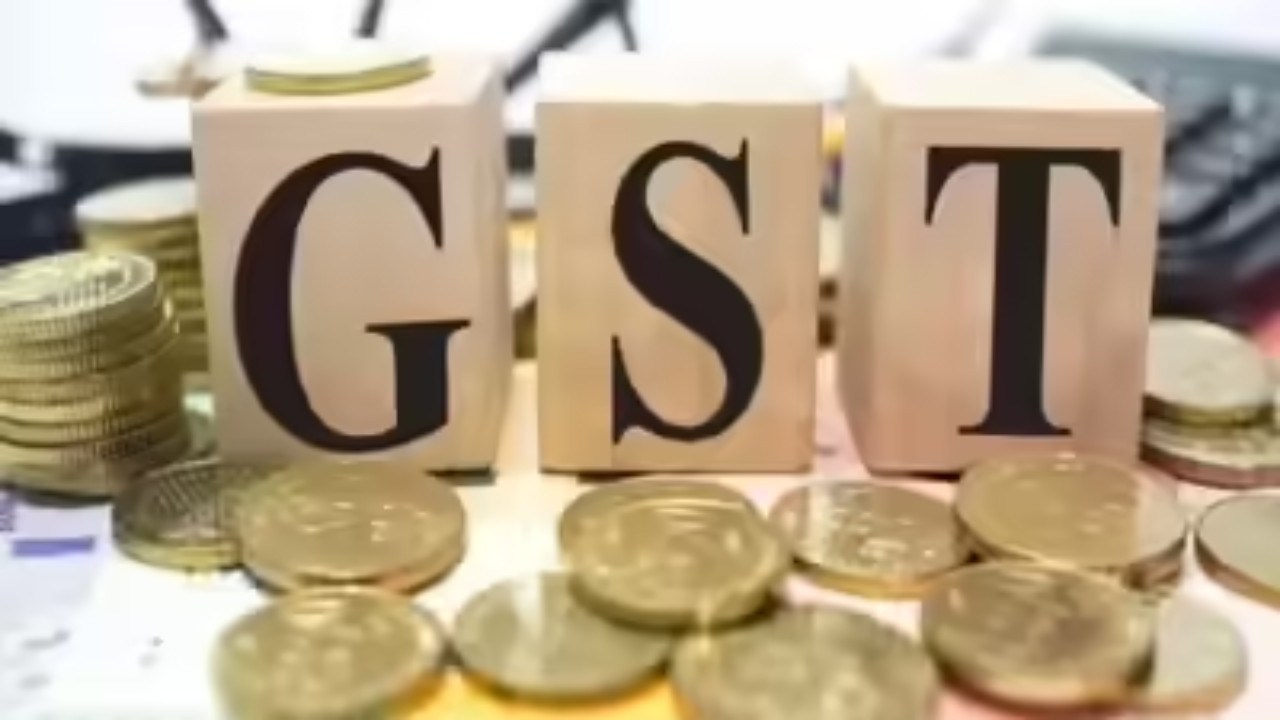Despite Trump’s threat of 50% tariffs on Indian goods and Russian oil purchases, Indian stock markets have been resilient, driven by strong performances in key sectors and fresh foreign fund inflows. Market sentiment improved following the announcement of a US-Russia summit to discuss the Ukraine conflict, coupled with robust domestic mutual fund inflows and attractive valuations.
Why Is Wall Street Shrugging Off Trump’s Tariff Talk?
Donald Trump is back in the headlines, and so are his threats of imposing significant tariffs on imported goods. Usually, such pronouncements send shivers down the spines of global markets, conjuring images of trade wars and economic slowdowns. But this time? The reaction has been… muted, to say the least. The Nifty 50 and BSE Sensex, barometers of the Indian stock market, have displayed remarkable resilience, barely registering a blip on the radar despite the former president’s saber-rattling. So, what gives?
One might expect panic. Trump’s proposals, suggesting tariffs as high as 10% on all imports, represent a potentially massive shift in global trade dynamics. Such measures, if enacted, would undoubtedly increase costs for businesses, disrupt supply chains, and ultimately inflate prices for consumers. The potential impact is far-reaching, yet the market’s response has been surprisingly nonchalant.
<img src="image-url-here.jpg" alt="Global trade routes visual, demonstrating the complexity of modern international business, a concept largely unbothered by potential tariff threats.”/>
Several factors contribute to this apparent immunity. For starters, the market has already priced in a degree of Trump-related uncertainty. Remember, this isn’t the first time these threats have surfaced. During his previous term, similar pronouncements became almost commonplace. This familiarity, while not diminishing the potential impact, has certainly lessened the shock value. Investors, having weathered similar storms before, are perhaps taking a “wait and see” approach.
Then there’s the question of feasibility. While Trump’s pronouncements carry weight, the actual implementation of such broad tariffs is far from guaranteed. It would require navigating a complex political landscape, facing opposition from various industries and potentially triggering retaliatory measures from other countries. The sheer scale of the proposed tariffs makes their enactment a significant hurdle. Political analysts see hurdles related to the WTO agreements which promote trade liberalization. The likelihood of such extreme measures actually coming to fruition is viewed with skepticism, further calming market anxieties.
Moreover, the global economic context plays a crucial role. Many economies are currently grappling with inflation and slowing growth. Imposing substantial tariffs would only exacerbate these problems, potentially pushing economies into recession. This understanding moderates investors’ fear that drastic measures will be adopted as the markets feel Trump is merely posturing to get attention for his campaign.
The strength of the Indian economy itself offers another layer of explanation for the market’s resilience. India’s robust domestic demand and growing manufacturing sector make it less vulnerable to external shocks than some other economies. Foreign Direct Investment (FDI) continues to flow into the country, reflecting confidence in its long-term growth prospects. This internal strength allows the Indian market to weather global uncertainties with greater fortitude.
Additionally, astute investors realize that potential winners can emerge from such a scenario. If tariffs are imposed on goods from certain countries, it could create opportunities for companies based in countries not subject to those tariffs. Indian manufacturers, for example, could potentially fill gaps in the market created by tariffs on Chinese goods. This prospect of benefiting from altered trade flows might be offsetting some of the negative sentiment associated with the tariff threats.
And finally, investor focus may simply be elsewhere. While the tariff proposals are undoubtedly a concern, they are just one of many factors influencing market sentiment. Interest rate decisions, inflation data, and corporate earnings reports all contribute to the overall picture. Investors are constantly weighing these competing factors, and at the moment, other considerations may be taking precedence. The ongoing Artificial Intelligence revolution and its potential for transforming numerous industries captures attention as a potential source of greater gains. (Read about the AI revolution in the Indian market here.)
In conclusion, the subdued reaction of the Nifty 50 and BSE Sensex to Trump’s tariff threats reflects a complex interplay of factors. Prior experience, doubts about implementation, the global economic context, India’s economic strength, potential winners emerging from new tariff structures, and competing investor priorities all contribute to the market’s seeming indifference. Whether this resilience will persist in the face of concrete policy changes remains to be seen, but for now, Wall Street appears to be taking Trump’s pronouncements with a grain of salt, opting for caution rather than panic.







